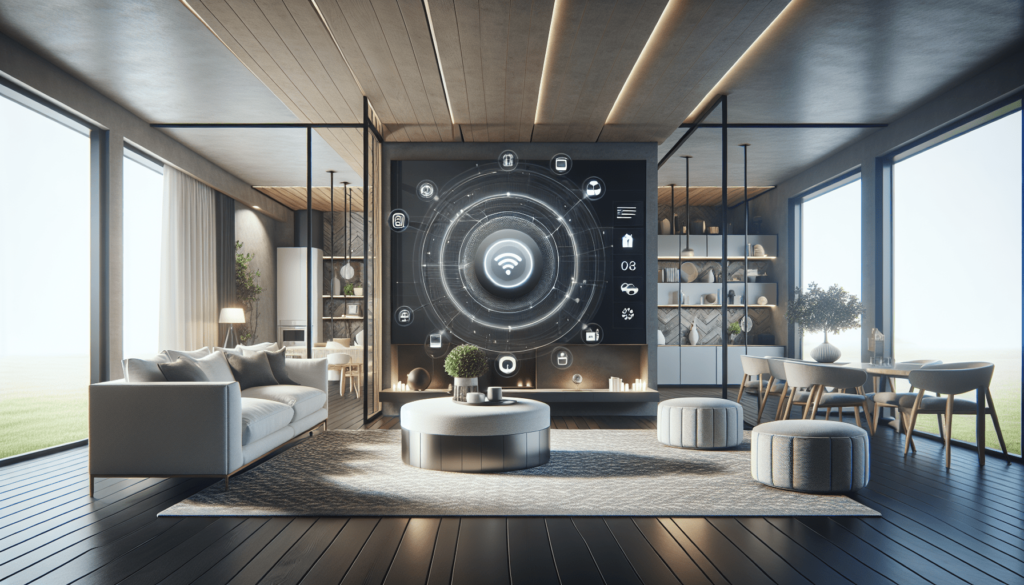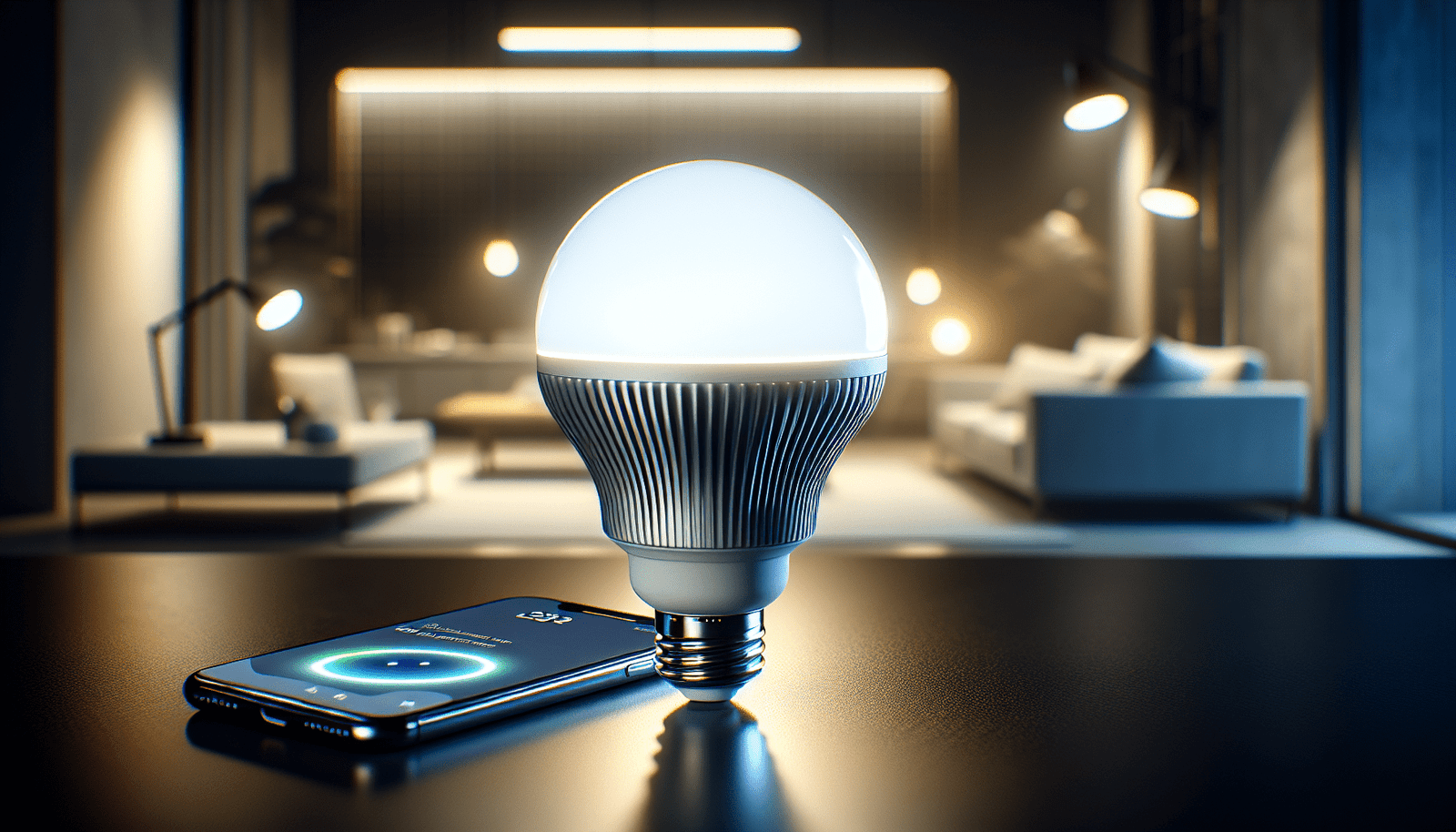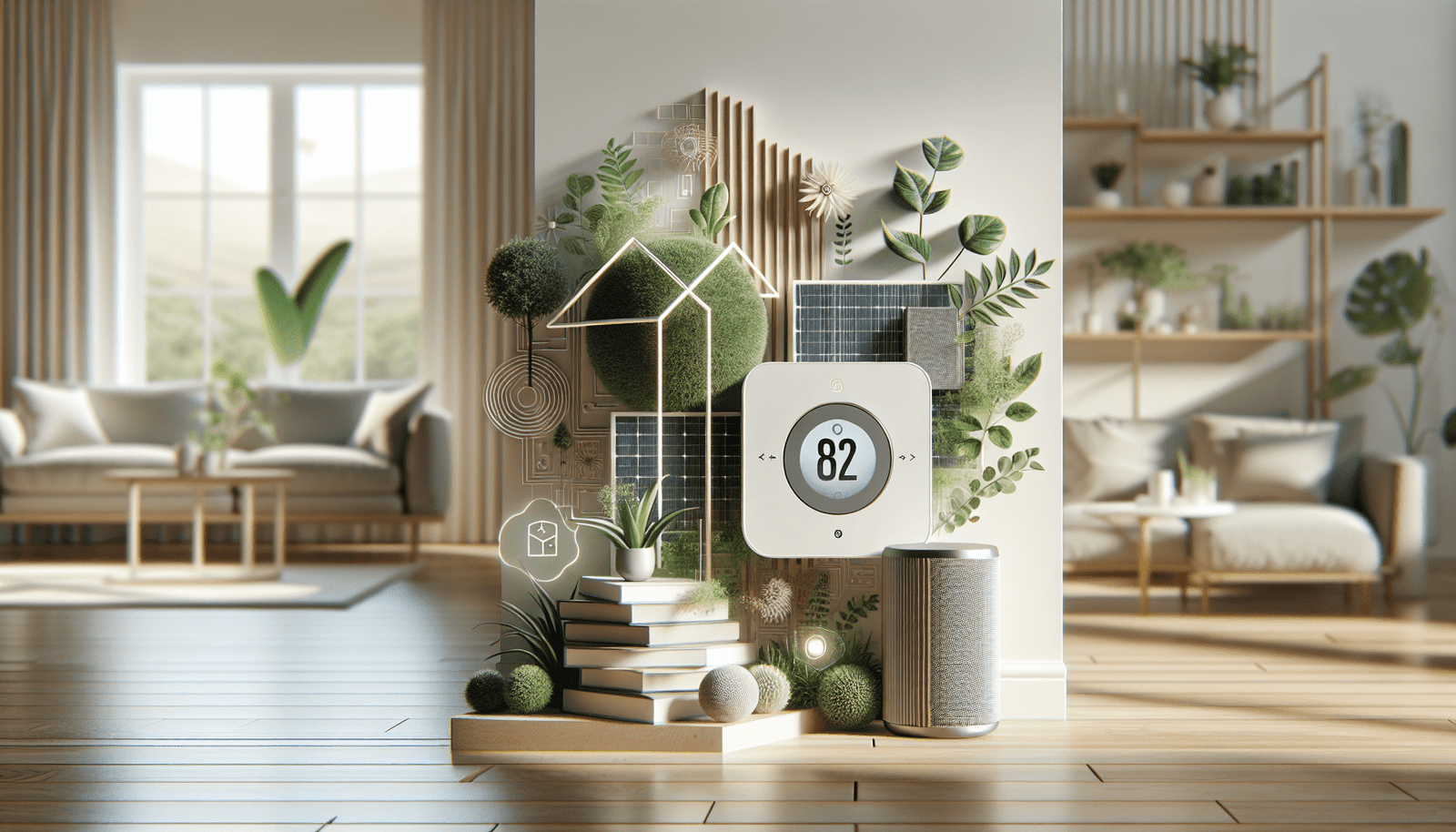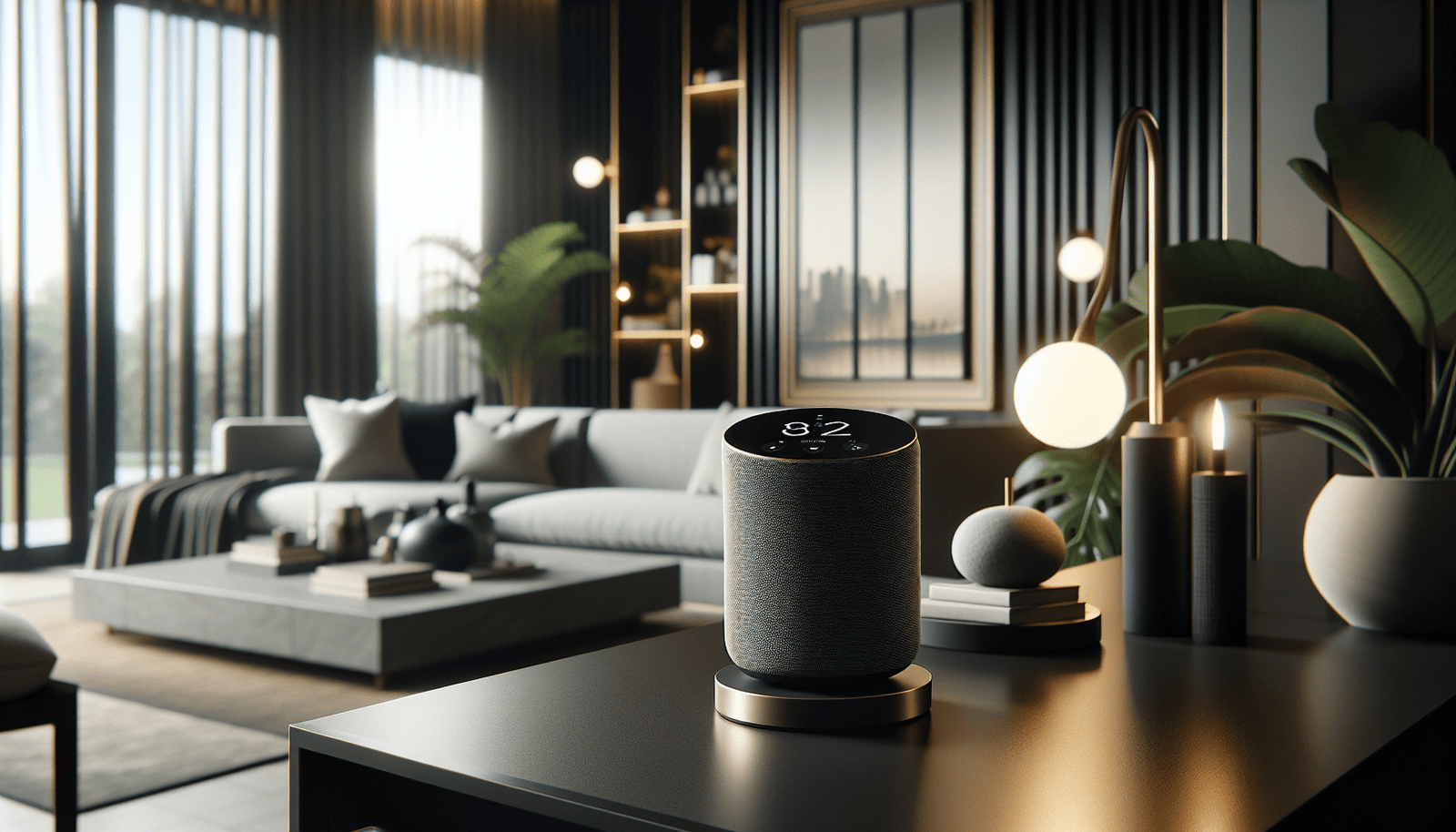Have you ever wondered how smart home automation can transform your modern living experience? As technology continues to evolve at a rapid pace, smart home devices are becoming more prevalent, offering convenience and efficiency to homeowners, renters, and technology enthusiasts alike. But with every technological advancement, there are also trade-offs to consider. This article will take you on a journey through the pros and cons of smart home automation, providing insights to help you determine if this modern living upgrade aligns with your needs and expectations.

What is Smart Home Automation?
Smart home automation refers to the use of internet-connected devices that enable you to control and manage various household functions remotely or automatically. These devices create a more connected and efficient living environment, often managed through an app or voice-controlled hub.
Smart Home Devices: An Overview
Smart home devices range from thermostats and lighting systems to advanced security cameras and virtual assistants. These gadgets are designed to work together seamlessly, enhancing your daily life through automation and remote access.
The Allure of a Connected Home
A connected home promises increased convenience, energy savings, and enhanced security. But is it worth the investment? Let’s explore what makes smart home automation so appealing and the potential drawbacks you need to be aware of.
The Pros of Smart Home Automation
understanding the advantages of incorporating smart technologies into your home can help you make an informed decision. Here are some key benefits to consider:
Enhanced Convenience and Comfort
One of the primary benefits of smart home automation is the convenience it offers. Imagine controlling your home’s lighting, temperature, and security system from your smartphone, no matter where you are. Automated schedules and routines further eliminate mundane tasks, allowing you to focus on what truly matters.
Increased Energy Efficiency
Smart home devices like thermostats and lighting systems provide significant energy savings over time. These devices can learn your habits, adjust automatically, and reduce energy consumption by optimizing heating, cooling, and lighting. This not only benefits the environment but also reduces utility bills.
Improved Security Features
Home security advancements with smart technology include live video feed, remote unlocking, and motion detection alerts. Smart cameras and locks can be monitored and controlled remotely, giving you peace of mind and control over your home’s security.
Integration with Modern Technology
Smart homes are often compatible with popular voice assistants like Amazon Alexa, Google Assistant, and Apple HomeKit. This allows for easier control through voice commands and ensures your devices work together effortlessly.
Real Estate Value Enhancement
Incorporating smart technologies can increase the value of your properties. Real estate investors recognize smart homes as appealing selling points, offering a competitive edge in the market and attracting tech-savvy buyers.
The Cons of Smart Home Automation
While the benefits are compelling, there are also challenges and concerns associated with smart home automation. Here are the main drawbacks you need to consider:
High Initial Costs
The upfront cost of smart devices can be significant, particularly if you are looking to outfit your entire home. While long-term savings are possible with reduced energy bills, the initial investment is a barrier for many potential users.
Complexity and Learning Curve
Setting up a smart home can be complex, especially for first-time users. Integrating multiple devices, ensuring interoperability, and understanding the full features of each gadget requires time and patience.
Security and Privacy Concerns
With increased connectivity comes potential exposure to security breaches. Smart home devices can be susceptible to hacking, raising concerns about privacy and unauthorized access to personal data.
Compatibility Issues
Not all smart devices are compatible with each other, causing potential frustrations. Ensuring your devices can communicate seamlessly often requires additional research and sometimes investment in compatible hubs or systems.
Dependence on Internet Connectivity
Smart home devices rely heavily on internet availability. Any disruption in network service can lead to the malfunctioning of gadgets, affecting the convenience and efficiency advertised.
Cost and Value Considerations
When considering smart home automation, it’s essential to weigh the costs against potential long-term value. While the initial pricing might be daunting, understanding the broader picture can guide you in making a sound financial decision.
| Type of Device | Cost Range | Potential Savings/Benefits |
|---|---|---|
| Smart Thermostat | $100 – $300 | Up to 15% savings on heating/cooling bills |
| Smart Lighting | $50 – $200 per bulb | 80% less energy consumption |
| Smart Security Systems | $200 – $1,500 | Reduced insurance premiums, peace of mind |
| Smart Assistants | $30 – $250 | Convenience and hands-free control |

Comparing Smart Home Solutions
To make the best decision, it’s crucial to compare the features of different smart home ecosystems. Here are some popular options and what they offer:
Google Home
Known for its robust voice recognition and seamless integration with Google services. Perfect for users embedded in Google ecosystems.
Amazon Alexa
Offers broad compatibility with a wide array of devices. Great for homes requiring a central voice command hub.
Apple HomeKit
Ideal for those embedded in Apple ecosystems, prioritizing privacy and seamless integration with iOS devices.
Samsung SmartThings
Focuses on comprehensive automation and compatibility with an extensive list of third-party devices.
Practical Setup Guides for Beginners
Starting your smart home journey requires careful planning and execution. Here’s a simple guide to get you going:
-
Start Small: Begin with one or two devices that are most beneficial to your needs, like a smart thermostat or lighting system.
-
Choose a Compatible Ecosystem: Ensure your devices can work together seamlessly. Select an ecosystem that supports future expansion.
-
Set Up Voice Assistants: Connect your devices to a voice assistant for easier control.
-
Configure Automation Routines: Create routines and schedules that enhance convenience and save energy.
-
Monitor and Optimize: Keep an eye on device performance, making adjustments as necessary to optimize for energy efficiency.
Security and Privacy Factors
Safeguarding your smart home is paramount. Here are best practices to protect against potential security threats:
- Regularly Update Devices: Ensure firmware is up-to-date to protect against vulnerabilities.
- Use Strong, Unique Passwords: Different passwords for each device can prevent unauthorized access.
- Enable Two-Factor Authentication: Add an extra layer of security for device and network access.
- Limit Data Sharing: Review and adjust data-sharing settings in apps and devices.
- Invest in a Secure Router: A secure network is the first line of defense against cyber threats.
Energy Efficiency and Sustainability
Smart home automation supports a sustainable lifestyle by reducing unnecessary energy consumption. Devices that learn your behavior can automatically adjust settings to optimize energy use, contributing to lower carbon footprints and reduced utility costs.
Examples of Energy-Saving Smart Devices
- Smart Plugs: Turn off appliances remotely or on a schedule to save power.
- Smart Shades: Automate to reduce heating and cooling demands by managing natural light.
- Energy Monitoring Devices: Track consumption patterns and identify high-usage areas for improvement.
Compatibility and Connectivity
Smart devices require a seamless interaction for optimal performance. Here are some key aspects:
Wireless Protocols: Wi-Fi, Zigbee, Z-Wave
Understanding these protocols can help you better design and manage your smart home network.
- Wi-Fi: Common but may strain networks with many devices.
- Zigbee/Z-Wave: Offer reliable connections for smart home devices and require less power.
Smart Hubs vs. Standalone Devices
Determine whether you need a hub to connect multiple devices or if standalone options will suffice.
- Smart Hubs: Ideal for centralized control and complex setups.
- Standalone Devices: Offer ease of use and simplicity for smaller configurations.
Future-Proofing and Innovation
The smart home industry is constantly evolving. Staying up-to-date with emerging trends and technologies can ensure your home remains modern and efficient.
Trends to Watch in Smart Home Technology
- Increased AI Integration: More personalized experiences and predictive automation.
- Expanded IoT Solutions: Greater device interoperability and new functionalities.
- 5G Connectivity: Enhanced network reliability and speed, supporting advanced smart home applications.
Conclusion: Is Smart Home Automation Right for You?
Deciding whether to invest in smart home automation involves weighing the benefits, costs, and potential hassles. If convenience, energy efficiency, and enhanced security resonate with your needs, a smart home could be a valuable addition to your lifestyle. However, be mindful of the initial costs, potential security concerns, and the complexity of device management. By staying informed and considering your priorities, you can tailor a smart home experience that suits your specific needs and future aspirations.




